Our Water Matters is an ongoing series produced through an editorial collaboration of the Chestnut Hill Local, Delaware Currents and Grid Magazine.
Across the country, civil engineers and water experts are bracing for new requirements announced in December 2023 by the Environmental Protection Agency (EPA) to take effect. For the first time, water systems may be required to unearth and replace the nation’s remaining lead pipes — all nine million of them.
The Lead and Copper Rule Improvements, or LCRI, as it’s called, is the latest chapter of a decades-long push to get lead out of America’s drinking water. Despite its unassuming name, the LCRI carries dramatic implications for hundreds of cities. Aside from stricter water quality metrics and more frequent testing, the EPA is expecting a plan from each municipality on how they will replace all lead service lines within 10 years.
Philadelphia has between 20,000 and 25,000 service lines that would need to be replaced under the proposed rule, according to the Philadelphia Water Department (PWD). While environmental and public health advocates laud the ambitious proposal, some water quality experts in Philadelphia question whether the EPA’s demands are realistic. The saga illustrates how even uncontroversial-seeming reforms trickle through layer after layer of competing priorities and logistical hurdles.
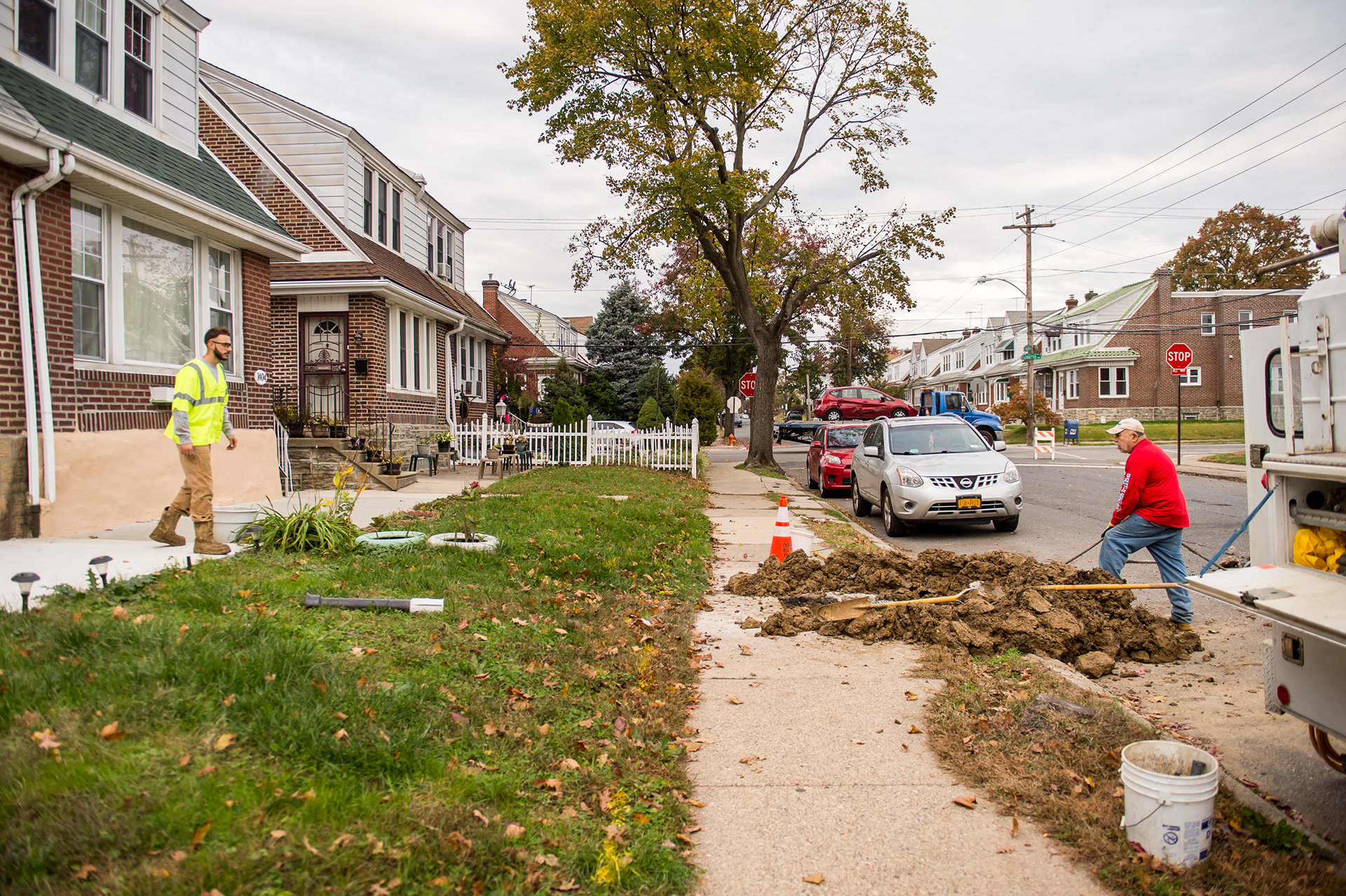
Line By Line
PWD’s task is a bit like finding needles in a complex, centuries-old haystack.
People have used lead pipes since the Roman Republic, where the material’s pliability and strength lent itself to transporting water in an advanced early plumbing system. For the same reason, major U.S. cities began installing lead service lines en masse in the late 19th century.
But even then, the scientific community knew about lead’s health hazards. Studies show that children exposed to the element are more likely to suffer developmental setbacks, nervous system damage and other ill effects.
Fears of lead in drinking water reached an apex in 2014 as the national spotlight swiveled to Flint, Michigan. Improperly treated tap water exposed nearly 100,000 people to the heavy metal. A federal emergency was declared and lead turned from an insidious public health issue to a front-page political priority.
As recently as 2021, 11.3% of tested 3-year-olds in Philadelphia had blood lead levels above the Centers for Disease Control and Prevention concern threshold of 3.5 micrograms of lead per deciliter of blood (μg/dL), down from almost a third of children tested in 2011. When lead pipes are present, they account for around 20% of exposure, with the rest primarily coming from paint. Following a pernicious pattern in public health, the most affected communities are predominantly low-income communities of color in North and West Philadelphia.
By the time the federal government first required municipalities to track plumbing materials in 1991, cities across the country had been installing lead pipes at a large scale for almost a century — often leaving no records behind on which kinds of pipes went where.
When the Biden administration tasked water systems with documenting the material of old pipes on top of new ones in 2021, experts like Adam Hendricks took a deep breath.
“Our initial take on the inventory was that it seemed very complicated for us to complete,” says Hendricks, the applied research program manager for lead service line inventory and replacement at PWD. Besides a lack of historical data, his team faces strict standards for verification and a looming deadline of October 16, 2024.
The task has proved difficult, but not impossible. The Water Department is leveraging a citywide meter replacement project to locate more lead pipes. They’re also exploring new technologies, like artificial intelligence (AI) predictive modeling tools and experimental acoustic techniques, to find the pipes without digging up half of the city. Either way, the LCRI requires Philadelphia to excavate 400 of its 511,000 service lines just to validate the material.
Hendricks says his team aims to have an initial inventory completed before October, but many lines will be listed as “unknowns” at first. When the meter replacement project is due for completion in 2025, they expect to bring the updated inventory to 90%. “We are going to publish as much of the information as we have,” he says.
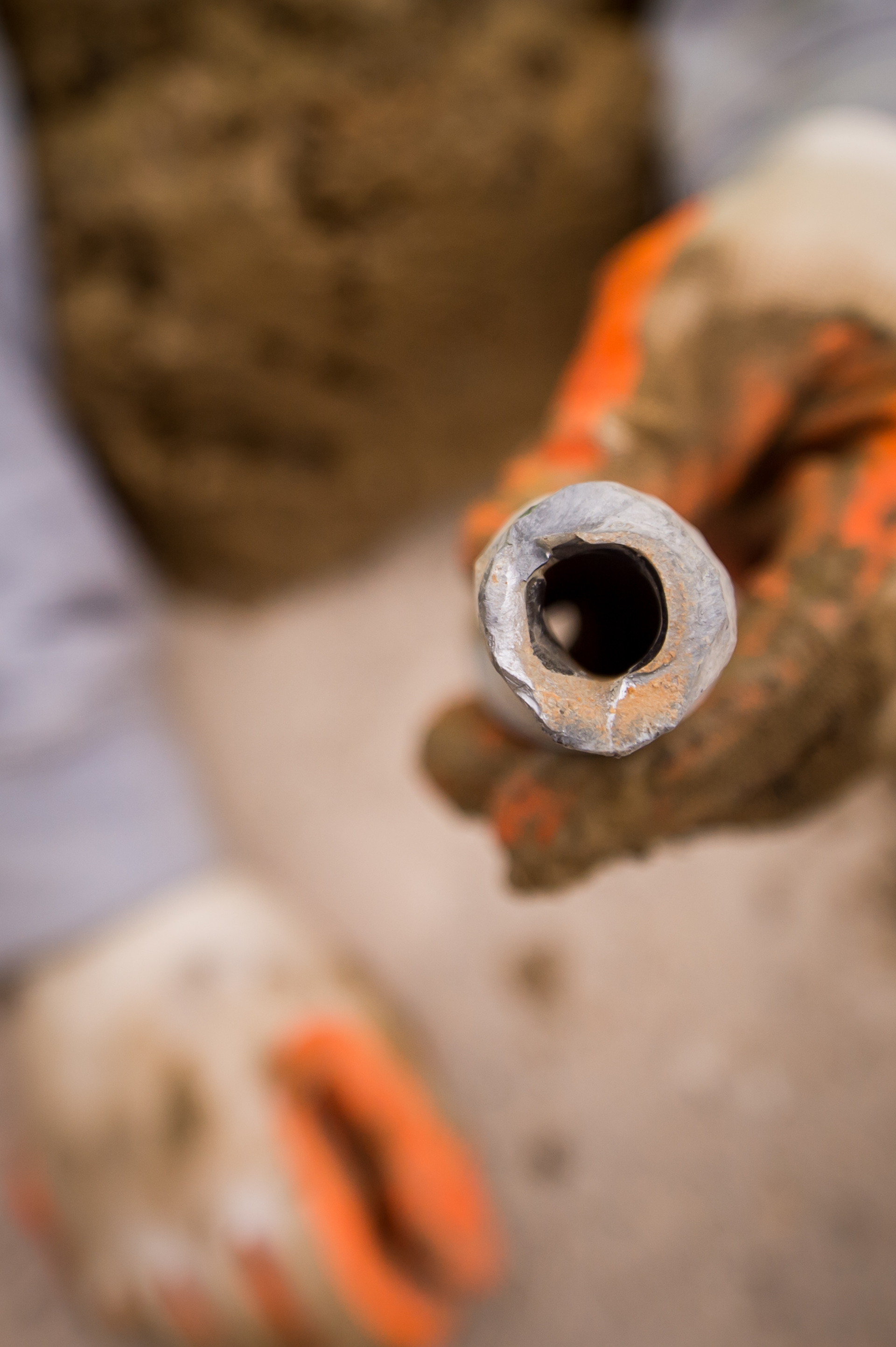
Out with the Old
Although the City has been working on the inventory for several years, the part of the LCRI that has public works most daunted — and advocates most excited — is the demand that municipalities replace all known lead service lines within 10 years.
From her post as the national campaigns director for the nonprofit Clean Water Action, Lynn Thorp finally let herself feel excited. “10 years ago, I didn’t think it was possible,” she says. With 25 years of drinking water expertise, Thorp has fought to fully replace lead service lines, even as others argue meaningful progress can come from less drastic measures.
The part of the LCRI that has public works most daunted — and advocates most excited — is the demand that municipalities replace all known lead service lines within 10 years.
Short of excavating all lead pipes, cities have tried several methods to prevent lead from leaching into drinking water. One popular solution involves orthophosphates, chemicals that combine with harmful materials to keep them from dissolving into the water stream.
While the EPA recommends this corrosion control strategy for systems with lead service lines, orthophosphates like those used in Philadelphia aren’t a silver bullet. The treatment is less effective when water is hot or has been sitting in the pipe for hours, and environmental organizations like Clean Water Action have raised concerns that phosphorus could harm aquatic life — and, ironically, drinking water quality — in downstream waterways.
Advocates like Thorp argue the only way to eliminate the risk of lead exposure through water is to remove all lead service lines, connectors and plumbing fixtures as soon as possible. The LCRI is the most ambitious attempt yet at realizing that goal.
Nevertheless, the new rule leaves some water supply experts in Philadelphia wondering where they’ll find hundreds of millions of dollars to do the job on time, and if that money could be better spent elsewhere.
Among them is Howard Neukrug, the former commissioner of PWD. Now teaching at the University of Pennsylvania, Neukrug has advised the EPA since it started shaping the modern Lead and Copper Rule in the late 1980s.
“Lead has a number of different points of exposure. And in my mind lead pipes [are] the very least of it,” he says. Neukrug pointed out that the bulk of lead exposure — which has plummeted in the last 50 years — comes from paint dust indoors or flecks falling into the soil.
Instead of tackling one facet of the problem on a broad scale, Neukrug argues a more effective and economical approach would be to target individual communities where children show concerning blood levels. “There should be people going out to that home … [to] do a full, comprehensive test,” he says — not just of the water, but the paint, dust and soil as well.
Then there’s the money problem. Under the new rules, PWD would have to find and replace anywhere from 20,000 to 25,000 problem pipes across the city. At $12,000 to $13,000 per service line, the City expects the project to cost up to half a billion dollars over 10 years, accounting for the cost of restoring sidewalks and inflation.
“We’re in a lot of trouble as an industry,” says Neukrug. On top of the LCRI, the Water Department is already tackling a laundry list of existing demands, like increasing dissolved oxygen levels and reducing exposure to PFAS, aka “forever chemicals,” in water.
In comments submitted in February, PWD politely urged the EPA to slow down. “The 10-year replacement timeline … is not feasible due to financial concerns, limited resources, and competing regulatory priorities.”
“If the federal government really wants to do this, they should pay for it,” says Neukrug. As part of Biden’s 2021 Bipartisan Infrastructure Law, the City received $35 million for projects supporting lead service line removal — a far cry from the estimated half a billion required. While PWD has applied for earmarks, grants and low-income financing to help close the funding gap, Hendricks admitted the LCRI will most likely lead to rate increases for residents.
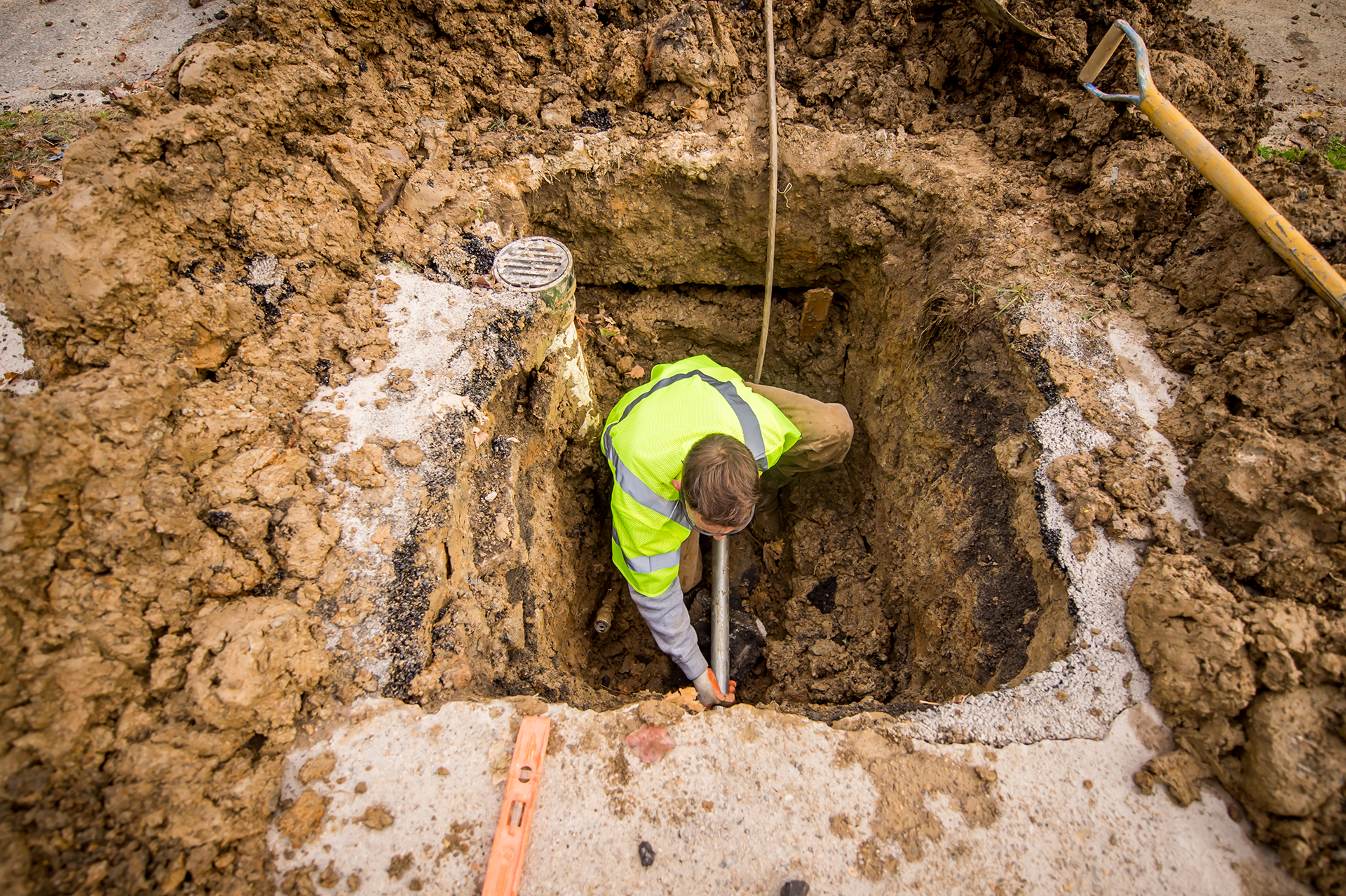
Looking forward
Hendricks emphasized that Philadelphia’s water is stringently tested and treated, with extensive facilities and a consistent track record of testing below the danger zone on a range of criteria.
And that’s not just coming from the Water Department itself; Eastern Pennsylvania director for Clean Water Action Maurice M. Sampson II says Philadelphians have it comparatively good.
“There are outbreaks of waterborne illnesses happening in small water companies,” he says. “That doesn’t happen in Philly.”
Now we have a new enthusiasm for getting this job done. The reason we need to get rid of lead service lines is because we can.”
— Lynn Thorp, National Campaigns Director at Clean Water Action
Yet advocates insist that despite the costs and competing demands, it’s crucial to strike while the iron is hot. “Now we have a new enthusiasm for getting this job done,” says Thorp. “The reason we need to get rid of lead service lines is because we can.”
Though the LCRI hasn’t yet been finalized, “people should expect to start hearing from us,” says PWD spokesman Brian Rademaekers. Whether it’s during a routine water main replacement or on a new accelerated timeline that would require about 400 pipe excavations before October 2024, the LCRI requires providers to pursue property owners’ approval to do individual replacements, which typically take less than a day.
In the meantime, you can get your water tested for free via the Water Department, or check your service line for lead. The City will replace the line free of charge if they are already changing out the water main on your street; otherwise, they offer a zero-interest loan to have a private contractor take care of it.
Unless and until the pipe is fully replaced, there are ways property owners with lead service lines can minimize their risk of exposure. Since lead is more likely to leach into water after sitting in the pipe for six hours or more, it’s a good idea to run cold water for at least three to five minutes before using it in the morning.
But if all goes according to plan under the LCRI, these measures could be relics of a bygone era for the next generation.


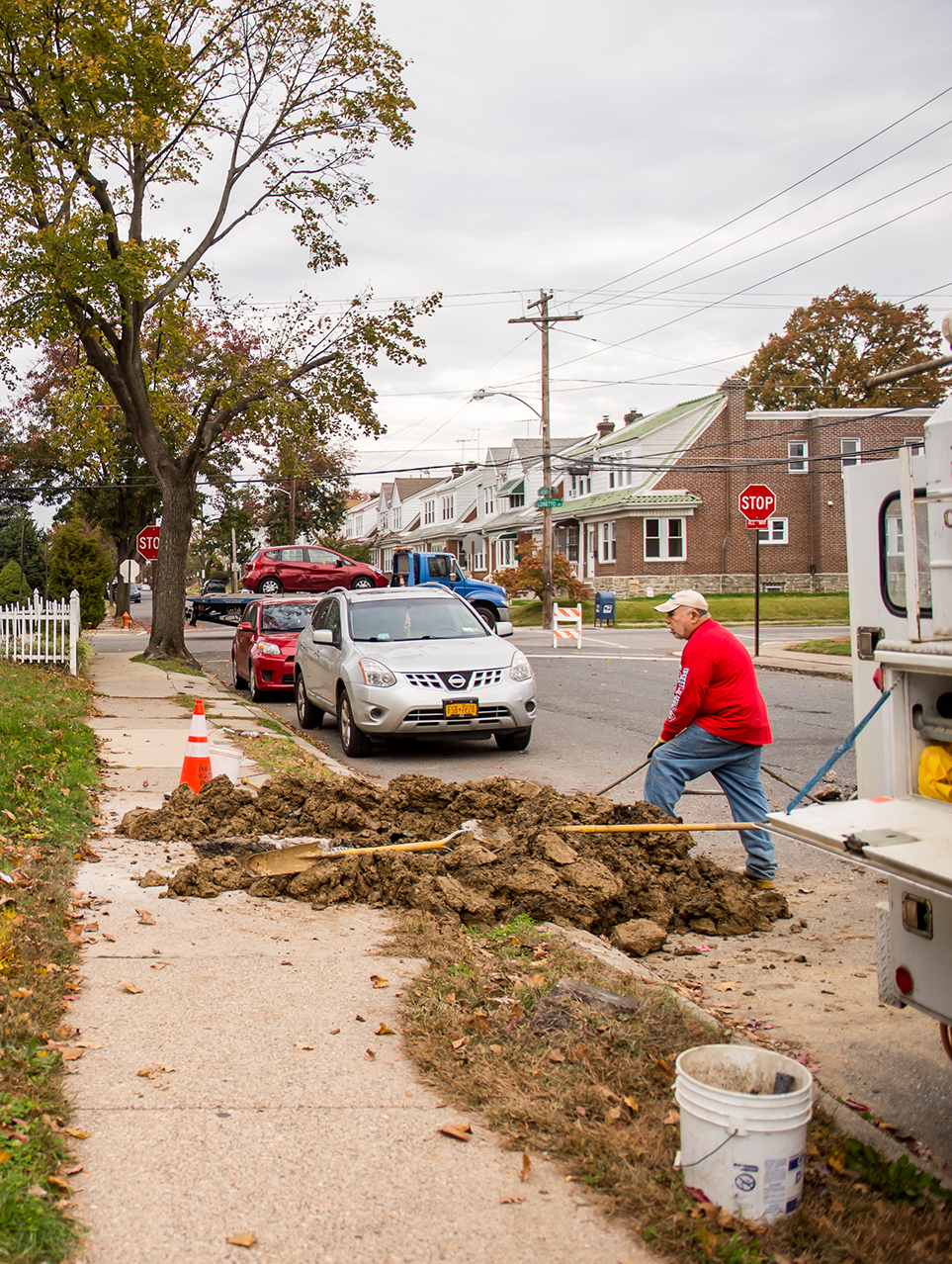


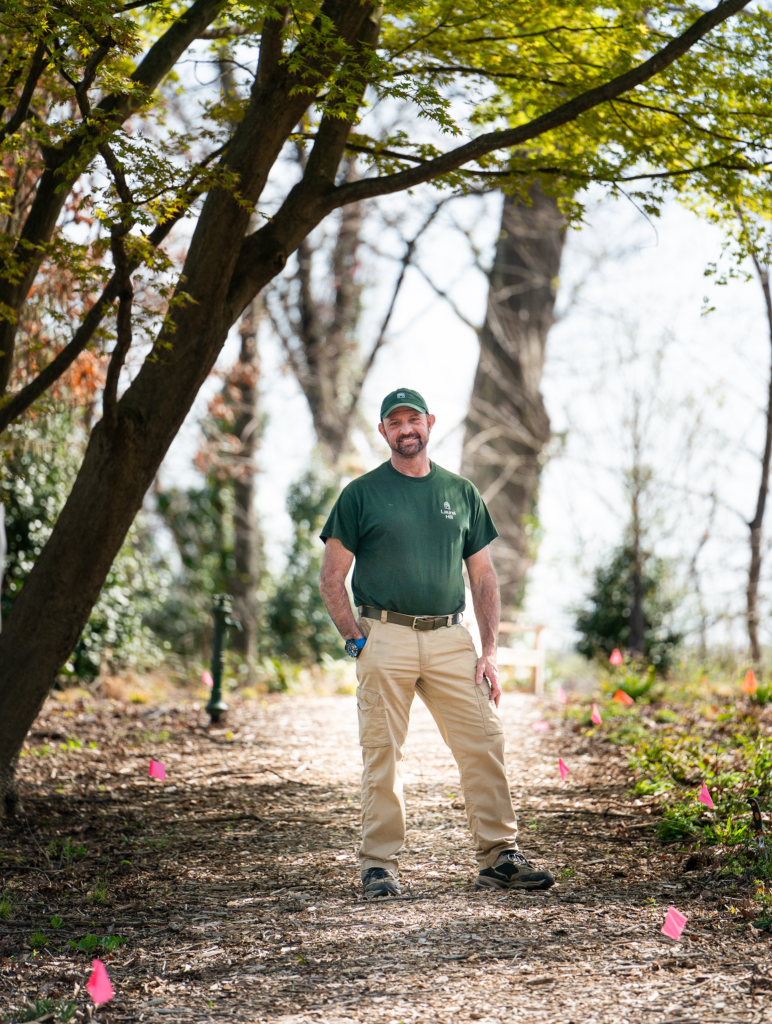




Isn’t it true that the short lead pipe connectors are covered in the inside with a layer of deposits from the minerals in the water running through that the layer of deposit protects the rest of the water running through from lead ?
If true, the original short lead pipe connectors from street to house supply lines may not a threat?
And regarding the high cost of all that plumbing work, if the city would be fair to all workers, all citizens and to all water users, they must bid the work between non union plumbing companies and their usual union companies. Non unions charge 25-45% less for their labor and do excellent work. How can the city morally discriminate against our non union citizens and expose every household to costs that are 25-45% higher, for no good reason?